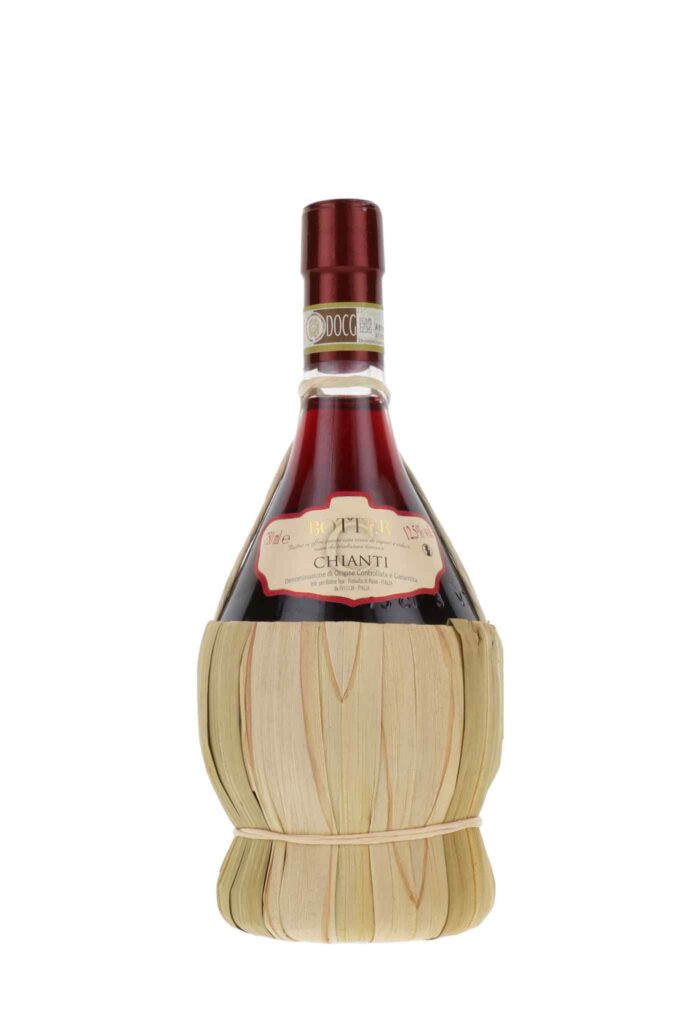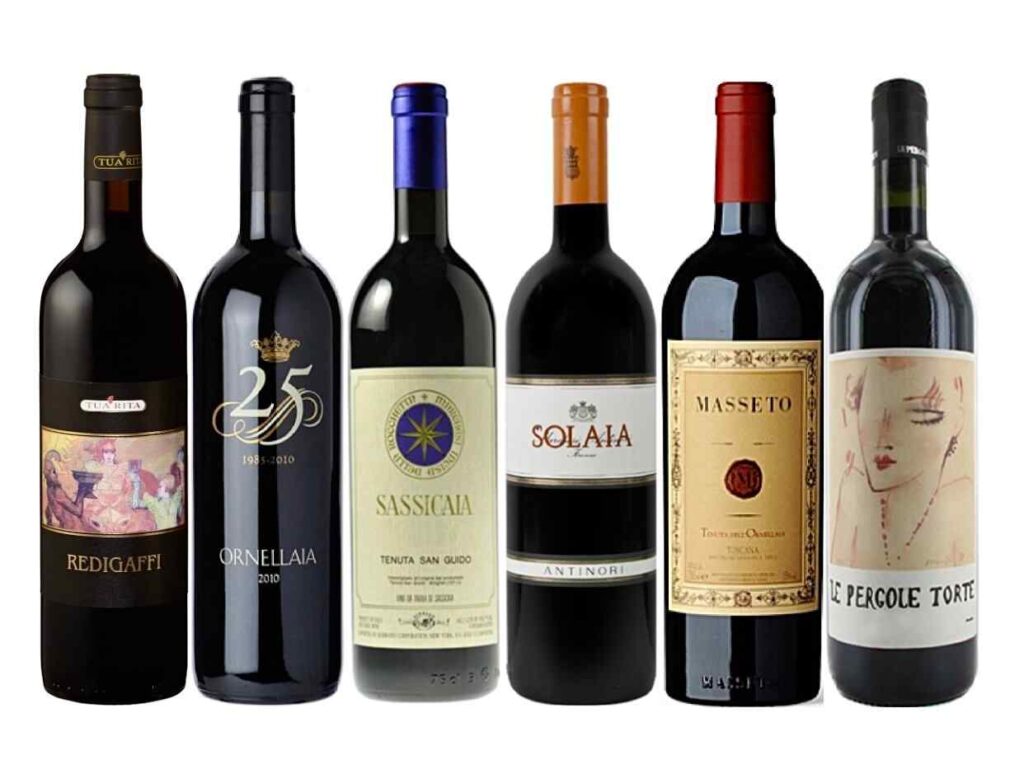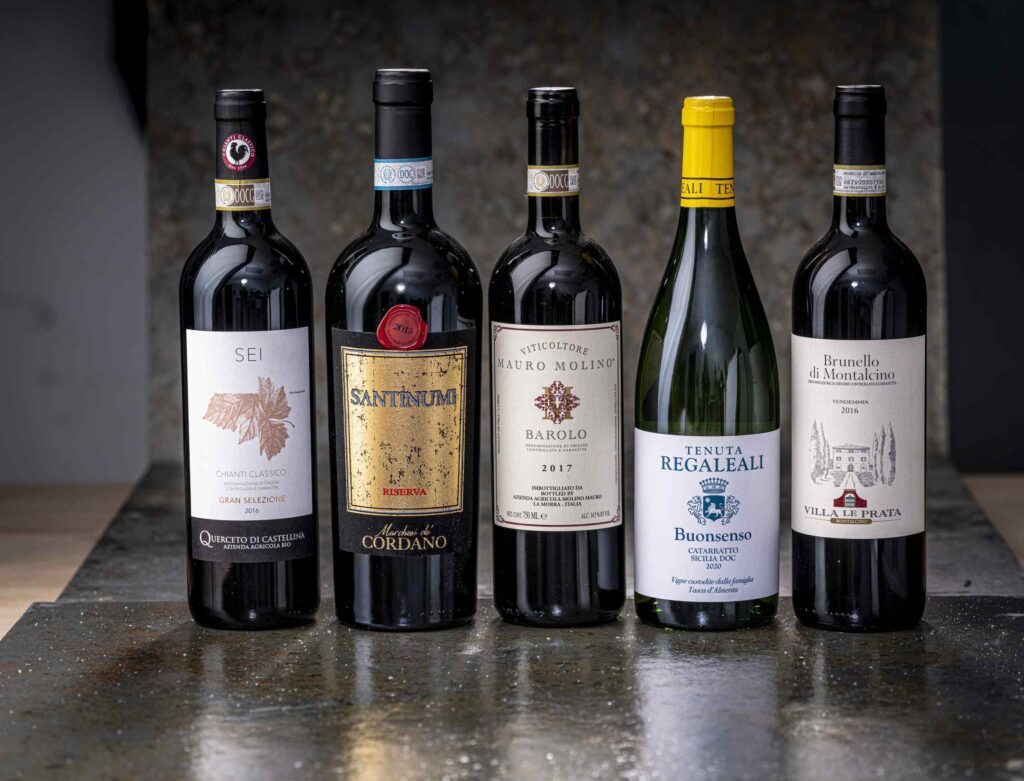Italy is a country that boasts some of the most exquisite wine regions in the world, producing a wide range of wines that are celebrated for their unique flavors, aromas, and characteristics. From Chianti to Barolo, Italian wines have a rich history and culture that has been celebrated for centuries. In this article, we will explore the different regions of Italy and the wines they produce, giving you a comprehensive guide to the world of Italian wine.
Chianti
Located in the heart of Tuscany, the Chianti wine region is one of the most famous and well-known wine regions in Italy. The region produces primarily red wines made from the Sangiovese grape variety, which is known for its bright acidity and bold, fruity flavors. Chianti is also known for its signature straw-covered bottles, which have become an iconic symbol of Italian wine.

Chianti Classico is the most well-known sub-region of Chianti and is known for producing some of the highest quality wines in the region. These wines are characterized by their deep red color, robust tannins, and notes of cherry, plum, and spice. Chianti Classico must be aged for a minimum of 12 months before it can be sold, and the Riserva must be aged for at least 24 months.
Barolo
Barolo is one of the most prestigious wine regions in Italy, located in the Piedmont region of northwest Italy. The region produces red wines made from the Nebbiolo grape variety, which is known for its high tannins and complex flavor profile. Barolo wines are often described as powerful, full-bodied, and bold, with notes of dark fruit, tobacco, and leather.

Barolo wines are required to be aged for a minimum of three years, with at least two of those years spent in oak barrels. The Riserva must be aged for a minimum of five years, with at least three of those years spent in oak barrels. This aging process gives the wine its characteristic flavor and aroma profile, as well as its smooth and velvety texture.
Super Tuscans
Super Tuscans are a category of wines that were first introduced in the 1970s as a way for winemakers to create high-quality wines outside of the strict regulations of the Italian wine industry. These wines are made using non-indigenous grape varieties, such as Cabernet Sauvignon and Merlot, and are often aged in oak barrels.

Super Tuscans are known for their bold and complex flavors, with notes of blackberry, cassis, and tobacco. They are typically full-bodied and tannic, with a long and lingering finish. Some of the most well-known Super Tuscans include Sassicaia and Ornellaia.
Prosecco
Prosecco is a sparkling wine that is made from the Glera grape variety in the Veneto region of northeast Italy. It is known for its light and refreshing flavor profile, with notes of green apple, honeydew, and pear. Prosecco is typically consumed as an aperitif or paired with light appetizers and seafood dishes.

The popularity of Prosecco has skyrocketed in recent years, with many wine enthusiasts opting for this light and refreshing alternative to Champagne. Prosecco is also often used in cocktails, such as the classic Bellini, which is made with Prosecco and peach puree.
Conclusion
Italian wine is steeped in history and culture, with each region of Italy producing unique and distinctive wines that are celebrated around the world. From the bold and robust flavors of Barolo to the light and refreshing Prosecco, there is a wine to suit every palate and occasion.
